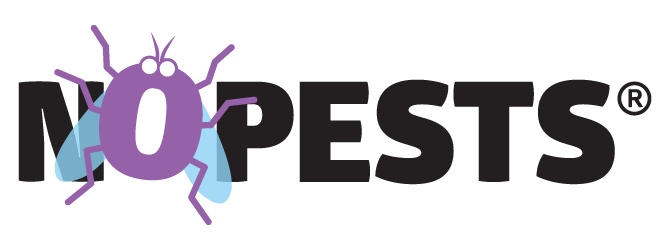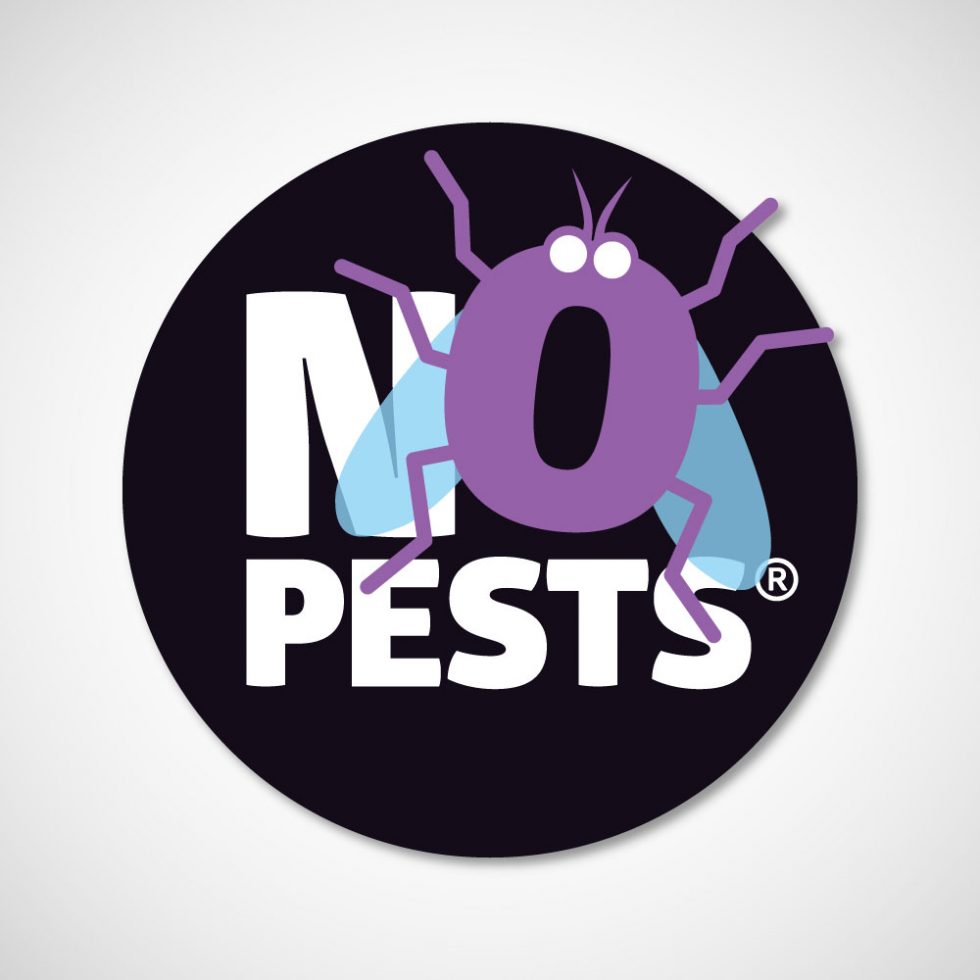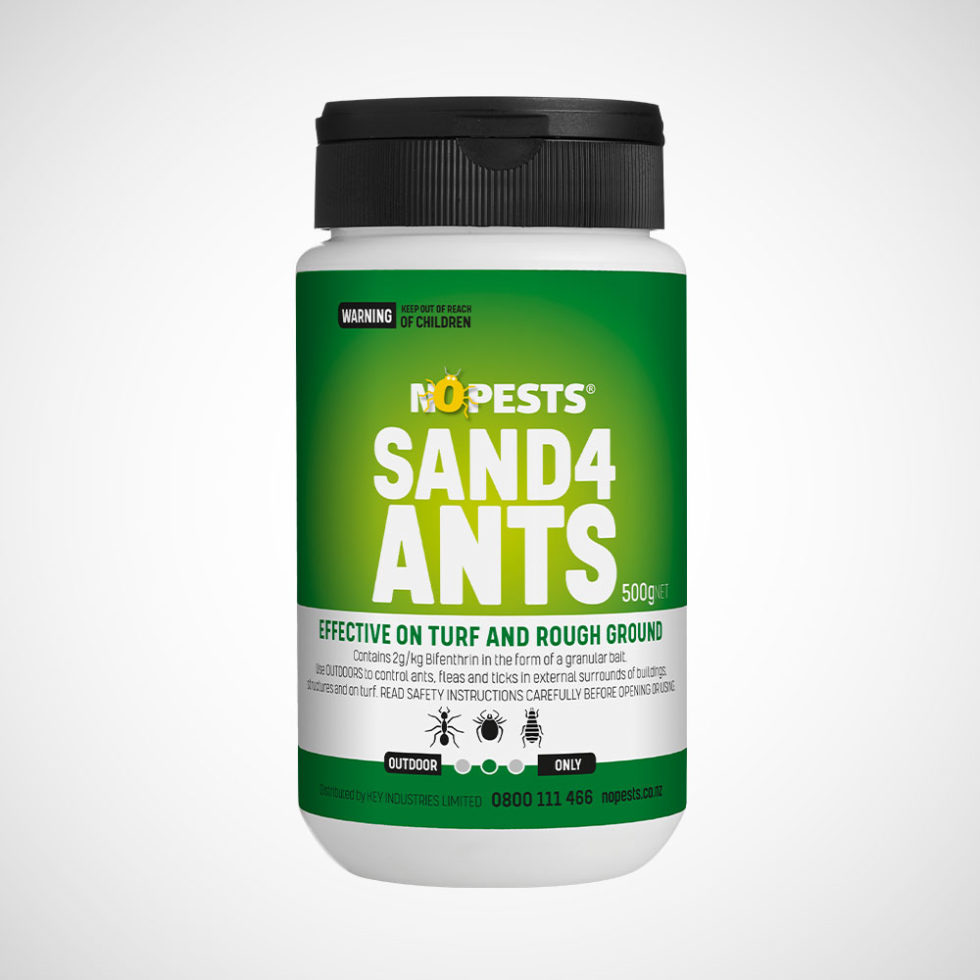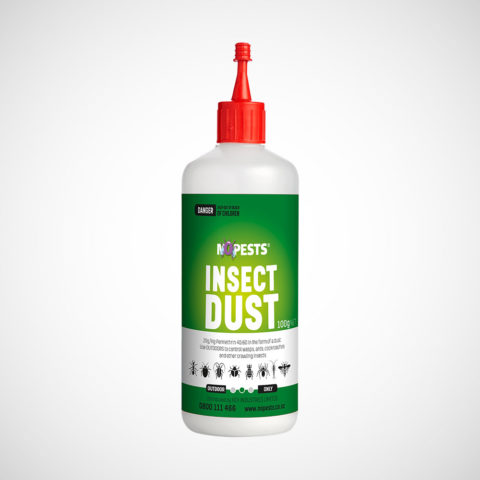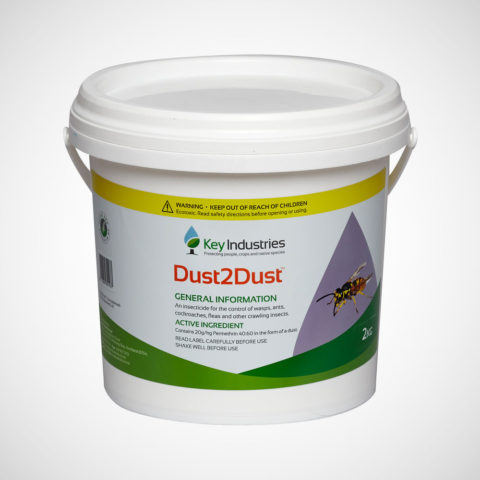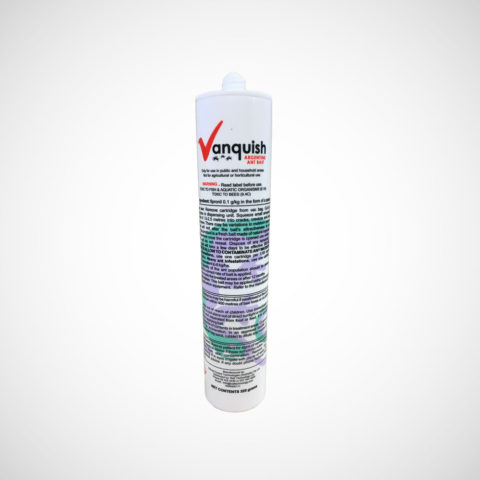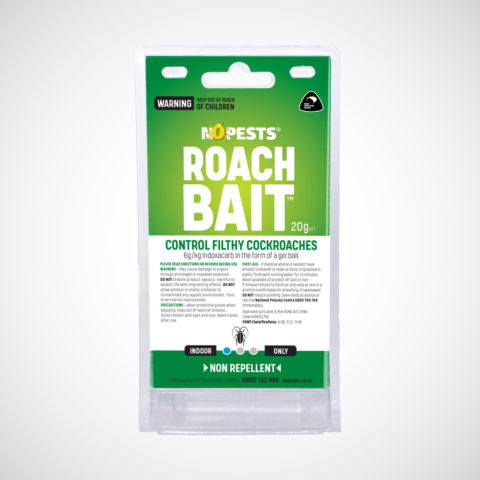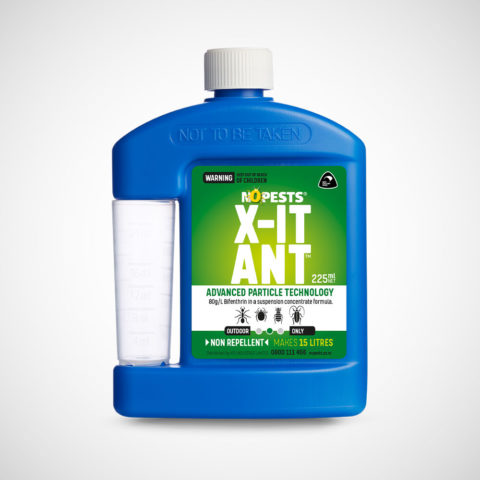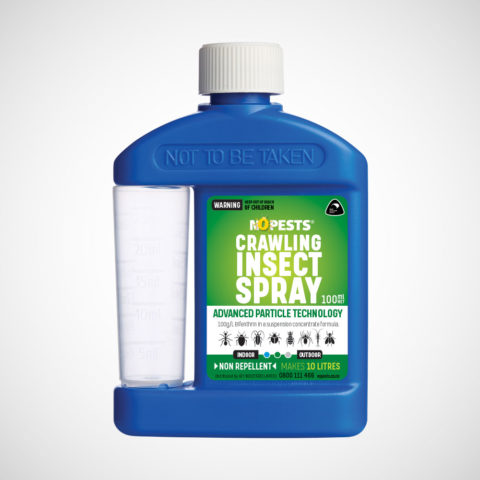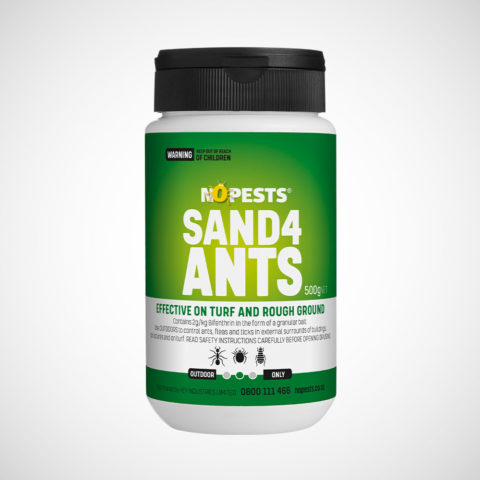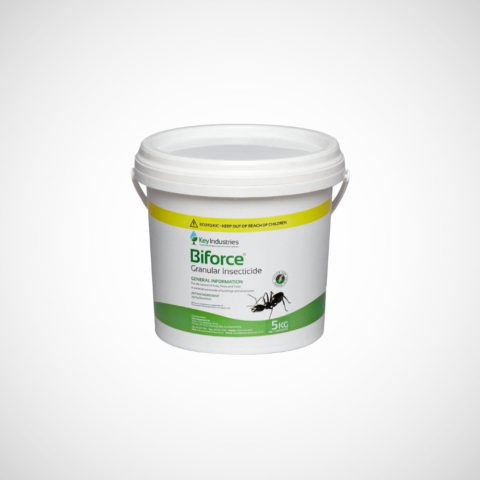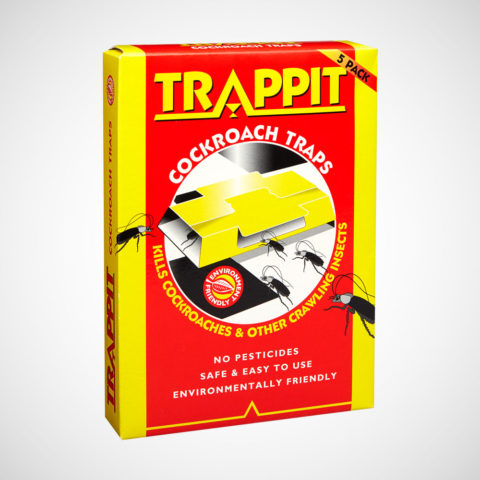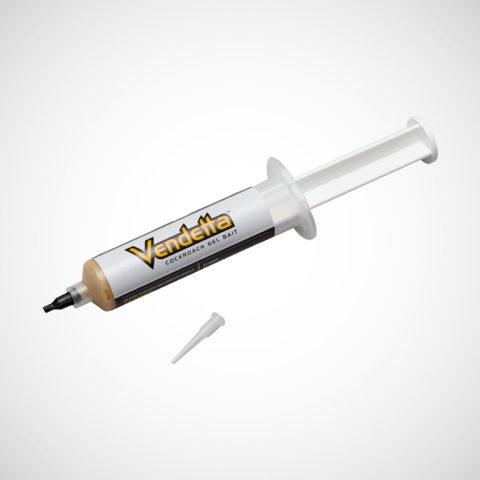Directions for Use:
External surrounds of buildings and structures (Gardens, lawns, ant nests and ant trails)
| PEST |
RATE (g/10m²) |
CRITICAL COMMENTS |
| Ants |
60–220 |
Apply sand to areas where ants are active. Where possible apply sand directly to the nest. Use the low rate for maintenance treatments or to control light infestations. Use the high rate for heavy infestations and for maximum residual control. Perimeter Application: Where perimeter pest control is being implemented apply NoPests® Sand4Ants in a two or three metre band, around and adjacent to the building or structure. Pad Mounted Electrical Sites: To reduce or prevent ant mound building activity on electrical pads, uniformly distribute 60 to 220 grams of Sand4Ants per 10m2 of mounting pad. Where existing transformers are completely or partially filled with soil excavated by resident ants, remove any excess fill and level the remaining soil prior to application. |
| Fleas |
110–220 |
Flea larvae develop in the soil of shaded areas that are accessible to pets or other animals. For optimum results irrigate the treated areas with up to 10mm of water immediately after application. Use higher application rates when treating areas with dense ground cover or heavy leaf litter. |
| Ticks |
110–220 |
Applications should be made in late summer/autumn to control larvae and nymphs that reside in the soil and leaf litter Do not make spot applications. Treat the entire area where exposure to ticks may occur. Use higher application rates when treating area with dense ground cover or heavy leaf litter. Ticks may be reintroduced from surrounding areas on host animals. Retreat as necessary to maintain adequate control. |
Turf and commercial turf (Lawns, farms, parks, golf courses, recreational areas, bowling greens and sports fields)
| PEST |
RATE (g/10m²) |
CRITICAL COMMENTS |
| Ants |
60–220 |
Broadcast Sand4Ants with suitable application equipment to ensure uniform coverage over the treatment area. Apply sand to areas where ants are active. Where possible apply sand directly to the nest. Use the low rate for maintenance treatments or to control light infestations. Use the high rate for heavy infestations and for maximum residual control. |
